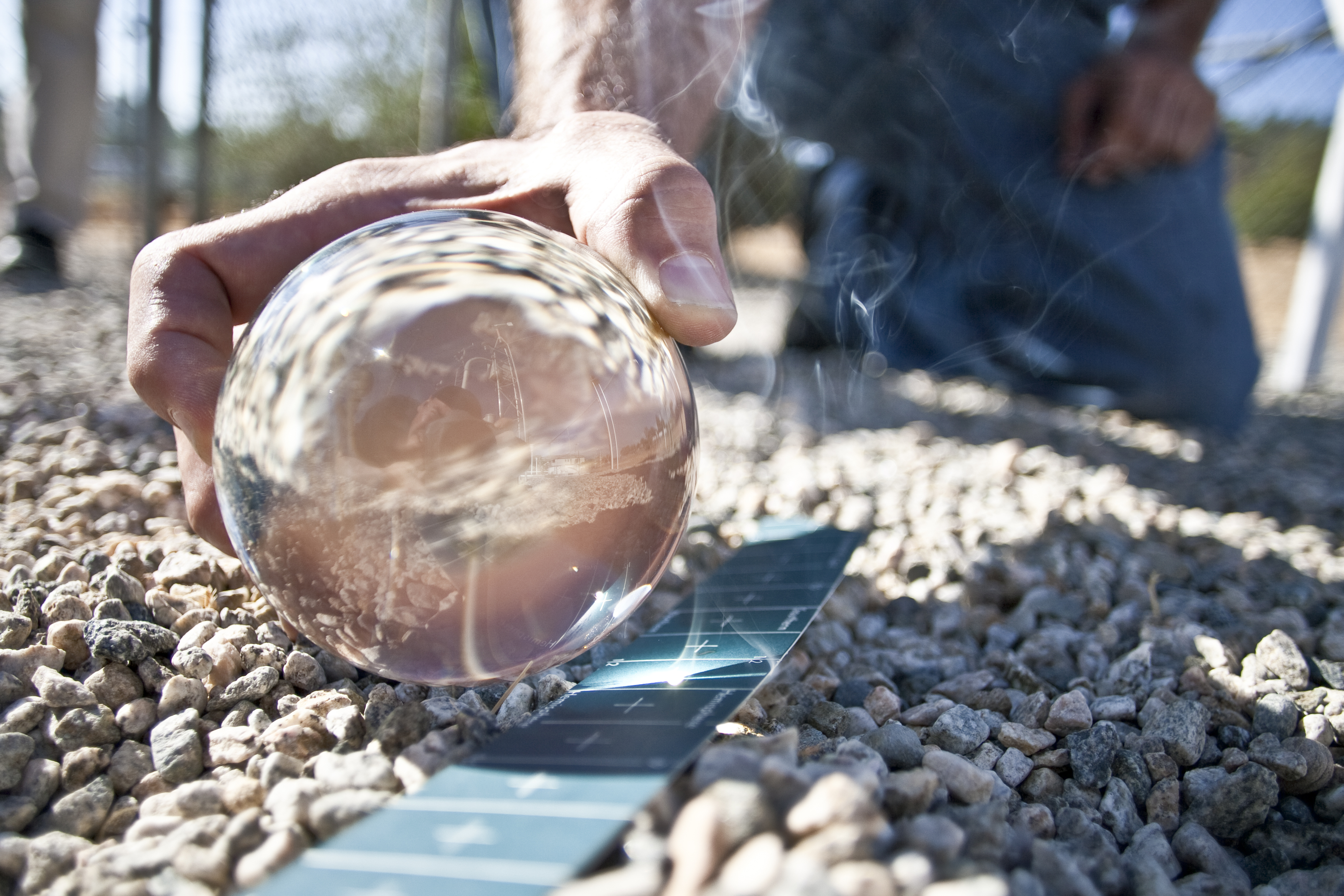
At the Pierce Weather Station different generations of technology stand side by side, recounting a history of constant advancement.
For that reason the station has dubbed its Oct. 11 event the launching of “the newest/oldest weather station in the country.”
Nestled behind overgrown bushes at the Southeastern end of the Mall, the Pierce College Weather Station has collected data for over 60 years, and students will be able examine its newest advancements at the upcoming dedication event.
The event will celebrate the installation of new technology that was funded by an $85,000 grant.
Finding money for the grant was facilitated by Congressman Brad Sherman, who has been invited to the event.
The station was founded July 1, 1949 by botany professor Lee Haynes when the college was still known as the Clarence W. Pierce School of Agriculture.
Throughout its history it has been directed by different professors of meteorology with assistance from student volunteers.
“We have quite a following here because we have a very old station compared to many in the United States,” said Bill Russell, professor emeritus of meteorology and a former director the station.
In addition to its lengthy history, the station prides itself on its consistency.
“Ever since it began, there hasn’t been any misreport to the National Weather Service,” Russell said.
With its long history comes a record of advancements that have changed how looking at the weather is done.
Steve Woodruff, who started out at the weather station as a student volunteer in 1997, has seen a number of those changes.
Woodruff is currently a manager at the Van Nuys Airport weather office, and he’s worked on the weather stations that collect data from the Mars rover missions.
Once a month though, he still returns to do maintenance at the Pierce weather station, and he has implemented many of the upgrades the station has seen.
When he first started in 1997, it would take him fifteen minutes to record data manually and call it in to the National Weather Service.
The availability of more automated instruments and the internet has reduced that time dramatically.
“There’s no time now,” Woodruff said. “It’s instant.”
Beyond just keeping up with the times, the weather station has garnered a reputation for being forward thinking. When the standard for recording data was once every hour, the Pierce weather station was the first in the valley to record data every ten minutes, which is now the current standard.
“We’re the front-runner for the all the new technology,” Woodruff said.
Its reputable history had led it to receive attention from not only weather services but also the US Navy and academic institutions in Europe and Asia, Woodruff said.
“We get thousands and thousands of people a day checking up on [the website],” he said.
Despite this, the weather station remains relatively unknown on campus, but the station hopes the Oct. 11 event could revitalize student interest.
Jason Finley, the current director of the weather station and professor of geography and meteorology, encourages students with backgrounds in math, science, and geography to volunteer or take tours at the station.
Woodruff can attest that the Pierce station is a great way to get started in the field.
“If there are any students that want to come out and help, they’re more than welcome to,” Woodruff said.
Besides increasing student participation, Finley hopes further developments can increase the station’s visibility on campus.
“We would love to have a pathway for students to access the station from Brahma Drive, and make the station ADA compliant,” Finley said.
The launch of the newest/oldest weather station will take place Oct. 11, 2012 at 8 a.m.
The station is located directly across the road from the student drop-off center.
Students can contact Jason Finley if they’re interested in a tour or volunteering at the station.




